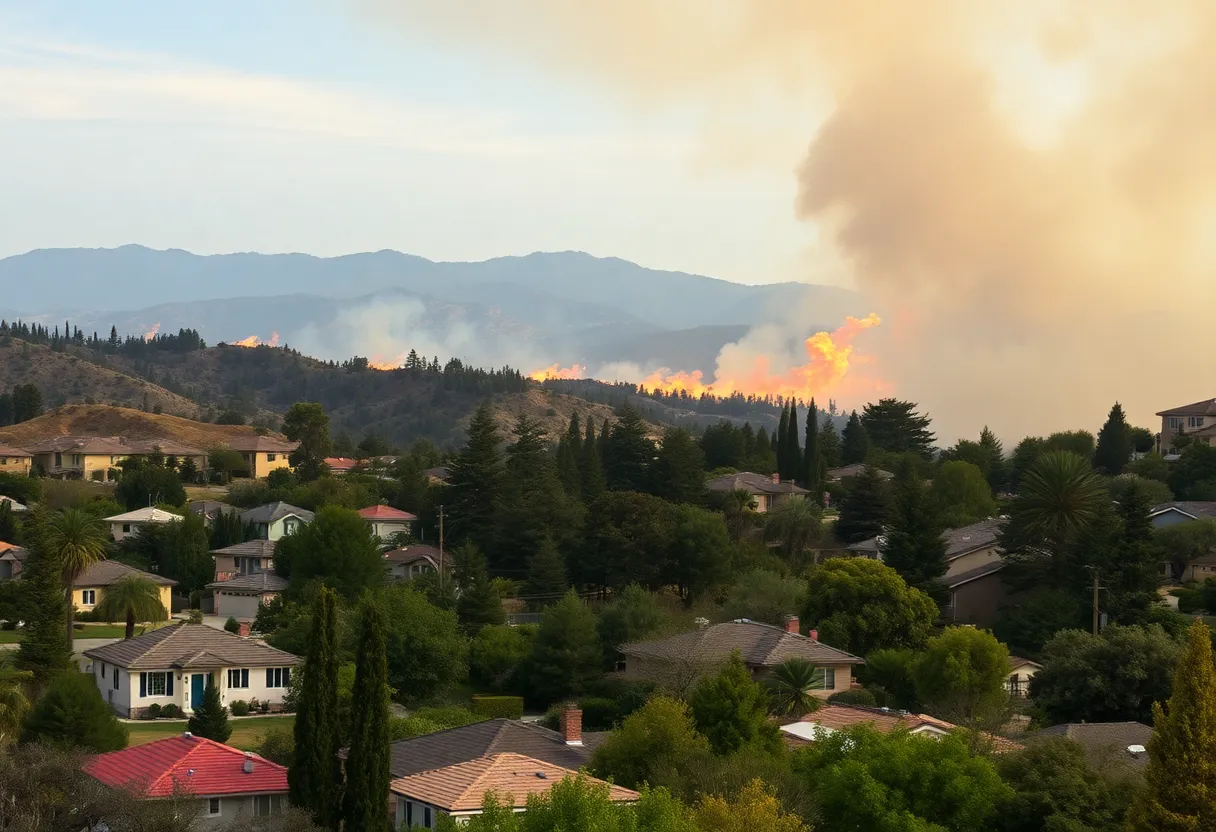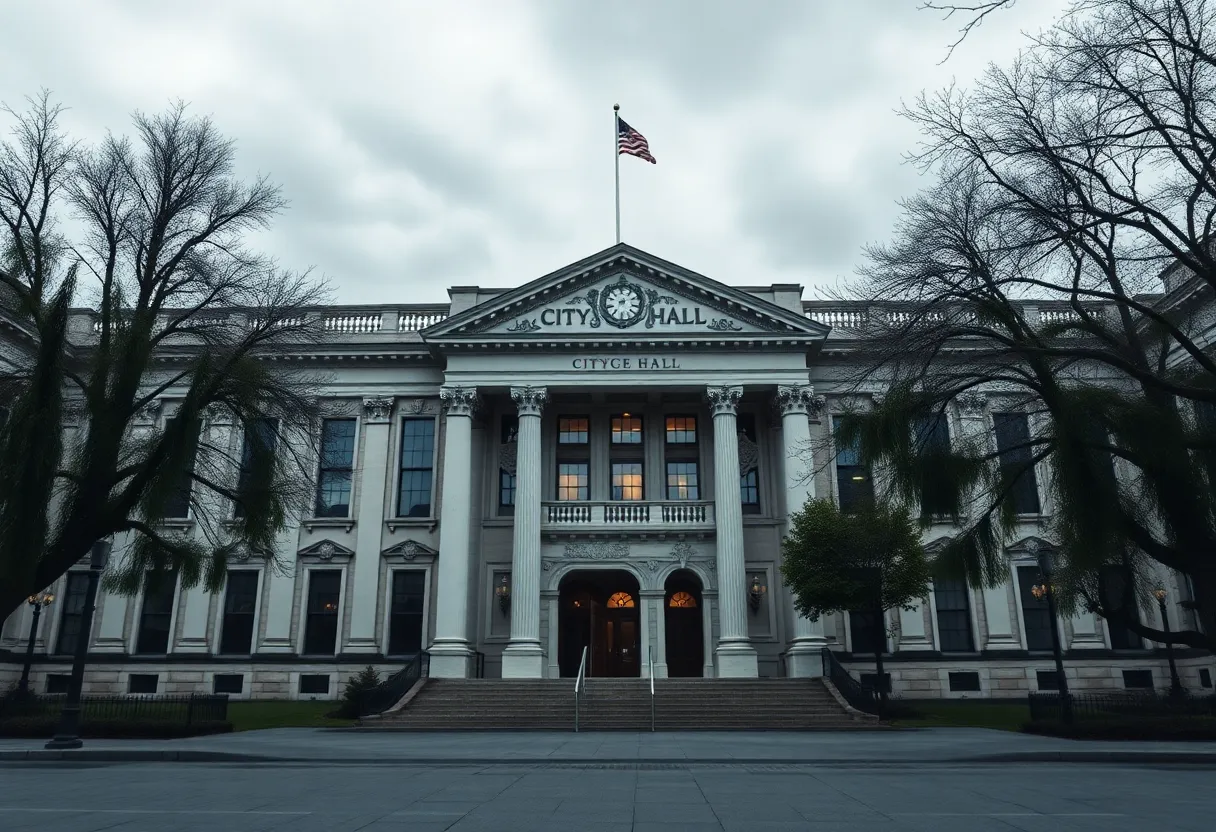News Summary
Seven public agencies from California and Nevada, in partnership with the Urban Land Institute, are addressing extreme heat and disaster preparedness. The initiative will develop strategies for resilient housing and enhance cooperation among regional communities. From increasing tree coverage in Sacramento to proposed federal tax credits for disaster retrofitting, the program aims to strengthen resilience against climate-related challenges while prioritizing affordable housing to mitigate risks of displacement. Collaboration across sectors is essential for effective disaster response and climate preparedness in the face of growing challenges.
Seven public agencies from California and Nevada have joined forces with the Urban Land Institute (ULI) to tackle the growing issues of extreme heat and disaster preparedness within their communities. This initiative, known as the California-Nevada Technical Assistance Leadership Exchange, aims to create strategies for building resilient housing and enhancing regional cooperation.
The participating agencies include Long Beach, Needles, San Diego, San José, the city and county of Sacramento, and Nevada State University. Each agency will facilitate a ULI technical assistance panel that will specifically address resilience challenges unique to their areas. These panels will culminate in meetings with ULI District Councils to collaboratively confront the impacts of climate change.
As part of the program, ULI members will engage with local communities through tours and stakeholder interviews to provide expert advice and tailored solutions for regional challenges. The compiled findings from these technical assistance panels are expected to be published in early 2026, serving as a resource for other communities seeking to enhance their resilience.
Focus on Urban Heat and Housing
In Sacramento, efforts will center around combating the urban heat island effect associated with new developments. A key goal is to increase the city’s tree coverage from 9% to 30%, which is anticipated to provide significant cooling benefits and improve overall urban climate resilience.
This program is made possible through a generous $10 million gift from Randall Lewis of the ULI Foundation, underscoring the commitment to developing effective climate strategies in partnership with local agencies.
The Broader Context of Climate Preparedness
As extreme weather events become more common, the role of private tech companies has grown increasingly important, especially regarding assistance to local officials during weather emergencies. Many federal agencies are facing staffing challenges in disaster response, prompting a need for collaboration across sectors.
In response to these challenges, the Federal Aviation Administration (FAA) is streamlining the approval process for law enforcement drone programs. This measure will facilitate rapid deployment of resources in urban areas during crises.
California has recently witnessed devastating wildfires, with incidents in Los Angeles resulting in the destruction of over 16,000 structures. These events have severely impacted working-class families and contributed to rising housing demand and prices in the region. Low-income residents often face additional barriers during disasters, complicating their access to resources and assistance.
Affordable Housing and Climate Resilience
Efforts to build community resilience must prioritize affordable housing to prevent “climate gentrification” and the displacement of low-income residents. As climate change risks increase, modern housing designs must incorporate sustainability and resilience to better withstand future disasters.
In addition to local initiatives, a proposed federal tax credit, known as the FIREWALL Act, aims to incentivize homeowners to retrofit their properties against wildfires and other potential disasters. This proposal, supported by Senators Adam Schiff and Tim Sheehy, would cover up to 50% of retrofit costs for families earning less than $300,000, providing an essential financial boost for disaster-resistant upgrades.
Potential upgrades might include the installation of fire-resistant roofs and the establishment of vegetation buffers to lessen fire risks. The cap on credits would adjust according to inflation, further ensuring broad accessibility.
Insurers are currently reassessing risk factors, which has led to an increase in insurance costs for homeowners in high-risk areas across California. This dynamic stresses the importance of collaborative efforts among communities and governments to develop effective strategies for managing climate change-related risks. By working together, stakeholders can implement solutions that not only enhance immediate disaster preparedness but also foster long-term resilience in their communities.
Deeper Dive: News & Info About This Topic
HERE Resources
Economic Fallout from Immigration Raids in California
Santa Ana School District Suspends Summer Field Trips
Danielle Martz Graduates with MSW and Advocates for Social Work
Corporate Support for Pride Events Drops Significantly
Lake Oroville Achieves Full Capacity for Third Consecutive Year
California Senate Blocks Plan to Phase Out Gas-Powered Vehicles
California Faces Energy Assistance Cuts Amid Budget Shortfall
California Governor Proposes Expedited Delta Conveyance Project
California Launches ‘Building With Resilience’ Campaign
Gavin Newsom Launches Fact-Check Website to Combat Misinformation
Additional Resources
- The Conversation: How California Can Rebuild Safer
- Wikipedia: Disaster Resilience
- The New York Times: California Turmoil Resilience
- Google Search: Climate Resilience California
- Time: Disaster Resilient Architecture
- Google Scholar: Disaster Resiliency
- U.S. Chamber of Commerce: Building a Stronger Sacramento
- Encyclopedia Britannica: Climate Change
- Fannie Mae: Disaster Resiliency and Relief
- Google News: California Wildfires
Author: Anaheim Staff Writer
The Anaheim Staff Writer represents the experienced team at HEREAnaheim.com, your go-to source for actionable local news and information in Anaheim, Orange County, and beyond. Specializing in "news you can use," we cover essential topics like product reviews for personal and business needs, local business directories, politics, real estate trends, neighborhood insights, and state news affecting the area—with deep expertise drawn from years of dedicated reporting and strong community input, including local press releases and business updates. We deliver top reporting on high-value events such as major conventions at the Anaheim Convention Center, including NAMM and VidCon, exciting games at Angel Stadium and Honda Center, and developments at Disneyland Resort Our coverage extends to key organizations like the Anaheim Chamber of Commerce and Visit Anaheim, plus leading businesses in hospitality, entertainment, and innovation that power the local economy As part of the broader HERE network, including HERECostaMesa.com, HEREHuntingtonBeach.com, HERESantaAna.com, and HERELosAngeles.com, we provide comprehensive, credible insights into Southern California's dynamic landscape.




